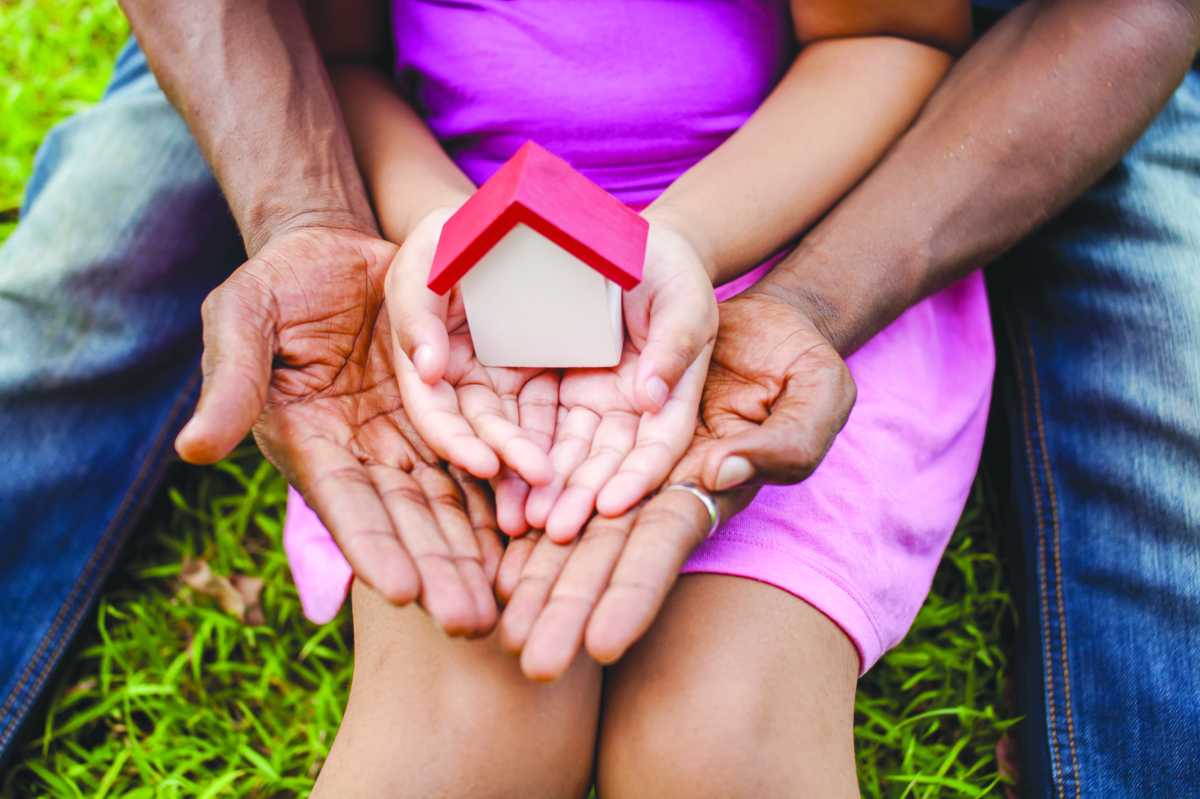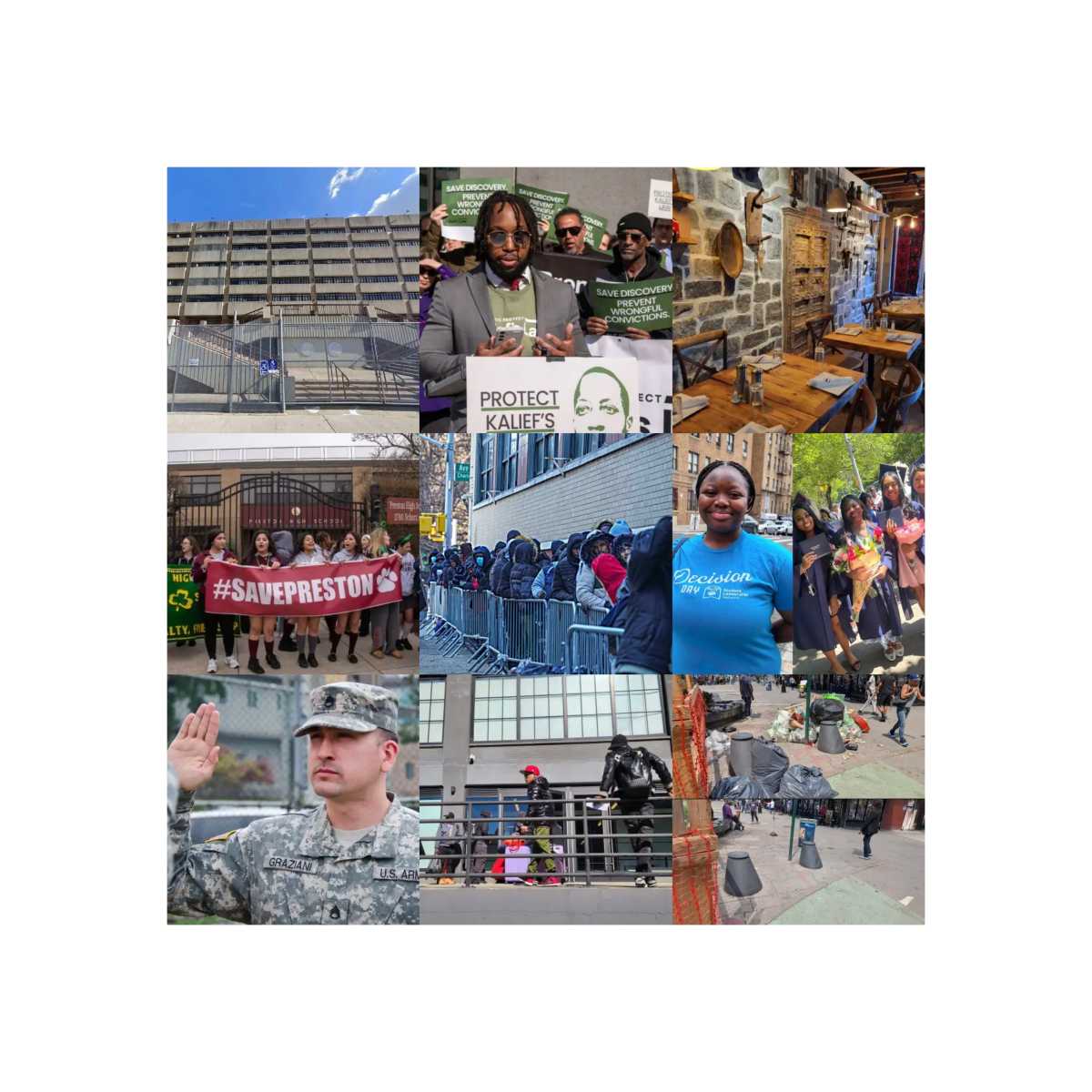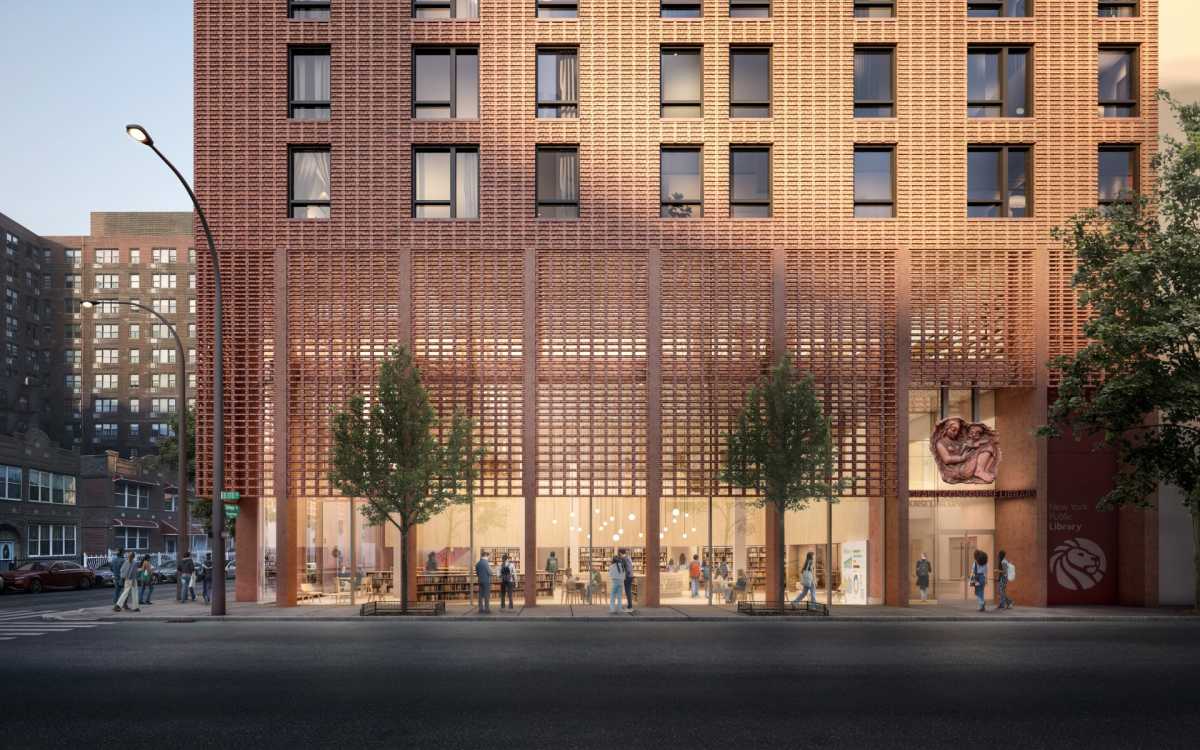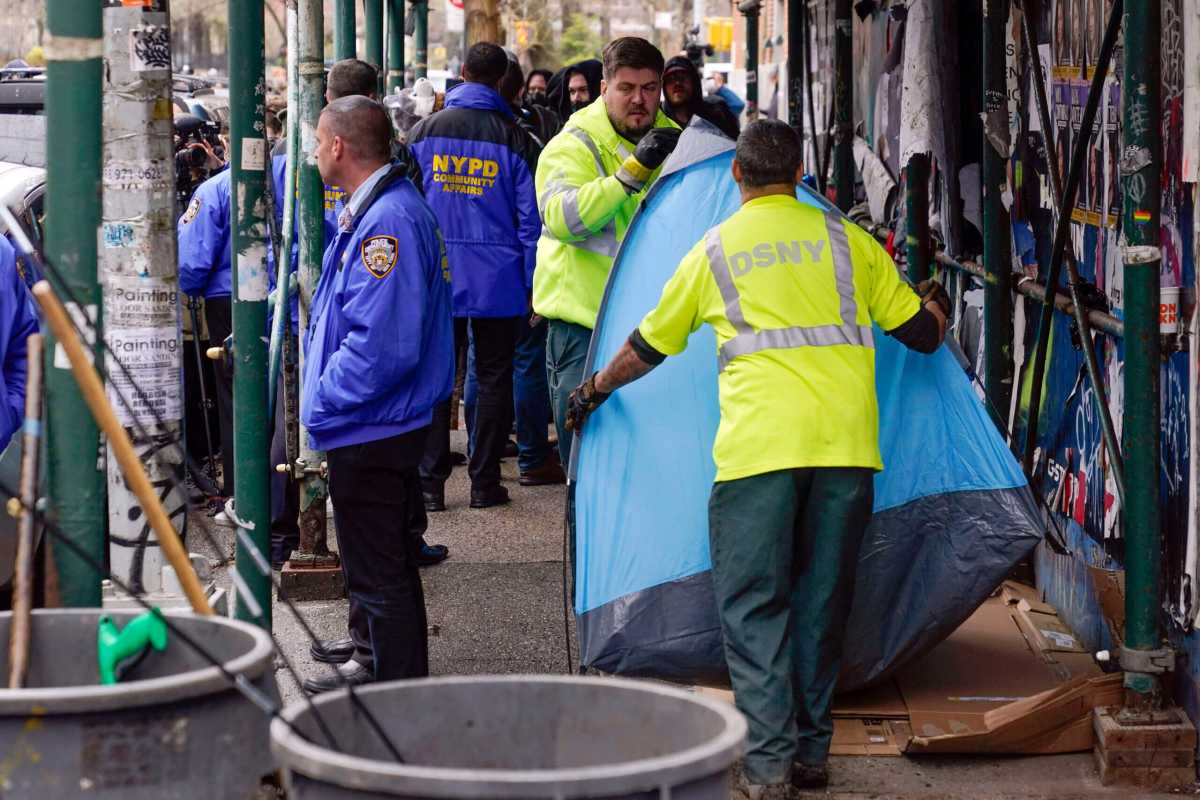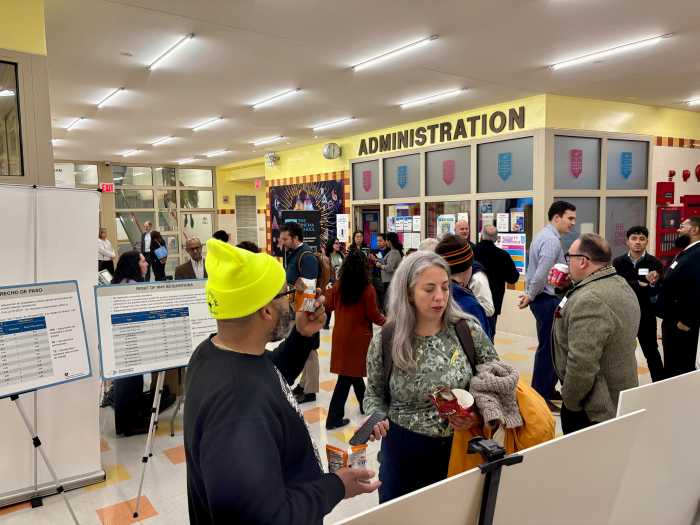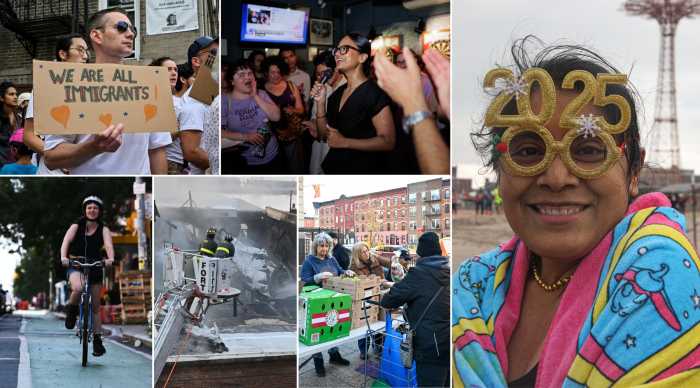Affordability lies at the heart of the housing crisis facing New York City today.
According to a report by Douglas Elliman last summer, the average rent in Manhattan was $5,246, a staggering increase up from $4,094 in 2021. Another report from the New York City Housing and Vacancy Survey reported that there’s only a 0.9% vacancy rate for apartments prices between $801 and $1,499.
Tenants are struggling to make ends meet — even in public housing. In 2022, it was reported that NYCHA only collected 65% of rent for the year from their 270+ developments, which was the lowest recorded figure in the organization’s history.
Truly affordable housing is scarce, and the demand for it is soaring. Brenda Rosen, CEO of Breaking Ground — a nonprofit organization dedicated to supplying supportive and affordable housing to those who are chronically homeless — said that they received 61,000 applications for just 185 affordable housing units available in a new development, 90 Sands in DUMBO; those units will be distributed via lottery.
The Real Estate Board of New York declared that 560,000 apartments must be built by 2030 to accommodate the city’s population growth. It’s a tough goal – but there are countless individuals in public organizations and nonprofits devoted to helping people get the quality housing they both need and deserve, and solve the housing crisis.
Rachel Fee, from New York Housing Conference, is one such individual. NYHC’s coalition brings together those in the city who advocate for affordable housing: nonprofits, community groups, developers, and financial institutions. Although there’s often disagreement about issues within the housing crisis, she says there are some core things everyone agrees on: “There aren’t enough resources, we have a supply shortage, and we need policies to create an environment where we’re building and preserving more housing.”
The policies NYHC is currently championing are a bigger HUD budget, as well as the Section 8 Rental Assistance Program, which she defines as an “important tool in fighting homelessness.” NYHC also backs Governor Kathy Hochul’s Housing Compact, announced in January, which promises to create 800,000 units statewide over the next decade. While the compact seems to have some oversight in addressing the affordability crisis, Fee sees that the governor’s proposal gets to the heart of the crisis: that we simply don’t have enough homes.
With around 70,000 people in the city’s homeless shelters, it’s clear that the affordable housing crisis is an emergency. “Housing is a basic human right,” Fee said. “Housing stability allows you to have a job, raise a family, and participate in your community. [Those things are] really difficult without it.”
Breaking Ground provides stable, affordable housing to 8,000 people a year. The organization is the largest developer and operator of permanent and supportive housing in New York, with nearly 5,000 such units under its management — created through a combination of new builds and adapted for use developments.
A perfect example of its work is 90 Sands, which opened last September in DUMBO. It’s their sixth residence in Brooklyn, and the second-largest supportive housing residence in the country. Approximately 305 of the units are reserved for those exiting homelessness, while the rest are reserved for affordable housing for low- and moderate-income renters.
The unique development includes the housing itself, an on-site medical facility and social workers, and a plaza open to the public. Other unique parts of the development include the way they raised funds, and the way they filled the units. They raised the final portion of their funds by selling 56,000 square feet of air rights from another development of theirs.
“It was a creative financing deal, and demonstrated that if the city allows us to be creative to enter into air rights programs, that we can use these proceeds to help develop more affordable and supportive housing,” Rosen said.
While about 20 leases in these types of dwellings are agreed upon each month, Breaking Ground managed to fill 130 units in the first month, with all 305 supportive units expected to be filled by mid-April. This achievement was possible with the pilot of their program they call “accelerating placements.”
Rosen explains that placing people is often a long process because of the intrinsic bureaucracy of such systems. Breaking Ground wanted to change this, meeting with the City and several agencies to try something new. Instead of facilitating the placements with the Department for Homeless Services, where no-show rates for service users was 50%, Breaking Ground said, “We’re out on the streets, let us work directly with our clients so there’s no middle man and we’ll get everybody ready for their interviews.” The no-show rate decreased to 5%. “[The homeless service users] knew us – we already had trust.”
Rosen agrees with Fee that “housing is foundational for somebody’s stability. Housing is healthcare.” But what else does she think could be done to improve efforts to address the housing and homelessness crises in the city? Although there are thousands of people trying to work toward a solution, Rosen says, “What continues to be missing is the connection between all of those systems. That’s not because people don’t think they should be, but because each of those situations are mammoth and siloed, so we’re always looking for ways to ensure that our clients don’t fall through the cracks. We have to take all of this great work and have a roadmap through, connecting the dots.”
Through coalitions like NYHC, and radical new approaches like Breaking Ground’s funding and placement pilots, hopefully new partnerships and compromises could pave the way for a future with fair housing for all.


